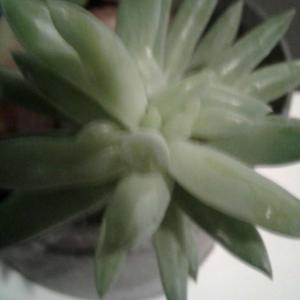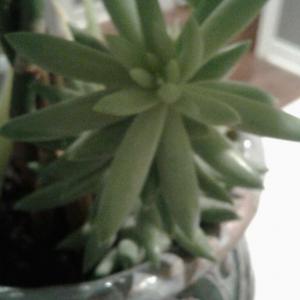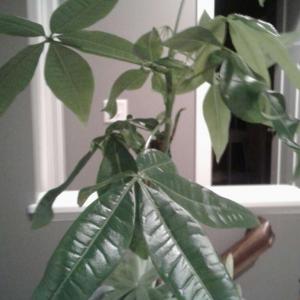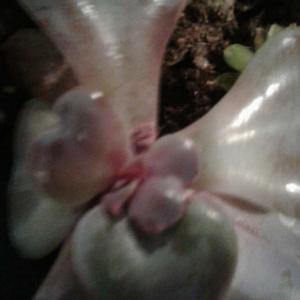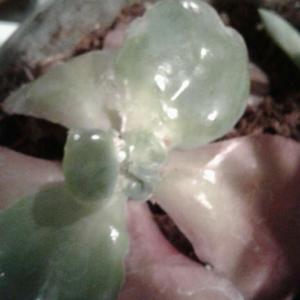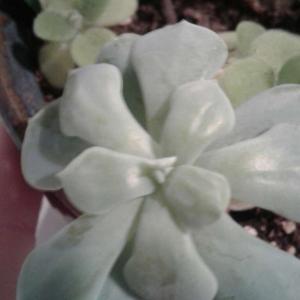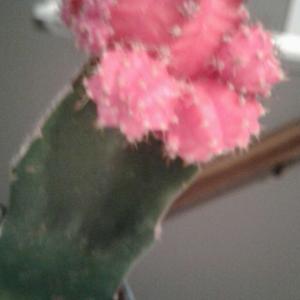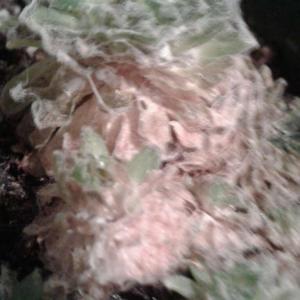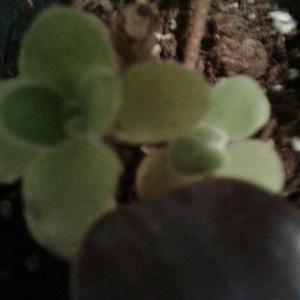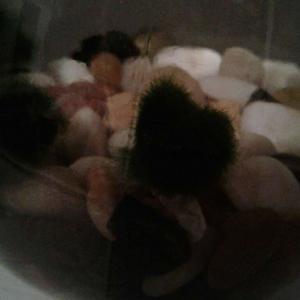文章
Miss Chen
2018年03月16日

Fresh-from-the-garden salads and side dishes are staples during the summer months. However, much of the country benefits from an extended growing season that reaches beyond summer's hot days. Planting in spring and fall opens up the possibilities for other crops that are sometimes overlooked. Knowing what to plant and when, however, requires some basic knowledge about different types of vegetables.

Tender and Hardy Crops
Crops are often labeled as tender, semi-hardy or hardy. These labels refer to how well -- if at all -- the vegetables handle mild or hard frosts. Tender vegetables -- including sweet corn (Zea mays var. saccharata), cucumber (Cucumis sativus), cantaloupe (Cucumis melo var. cantalupensis), pepper (Capsicum spp.), bean (Phaseolus spp.) and tomato (Solanum lycopersicum) -- are particularly susceptible to even light frosts.
Semi-hardy vegetables include parsnip (Pastinaca sativa), carrot (Daucus carota), celery (Apium graveolens var. dulce) and lettuce (Lactuca sativa). These vegetables handle light to moderate frosts.
The hardiest crops include onion (Allium cepa), pea (Pisum sativum), radish (Raphanus sativus) and turnip (Brassica rapa subsp. rapa), along with several cole crops: broccoli, kale, brussels sprouts and kohlrabi (Brassica oleracea variations).
Too Much Heat
Semi-hardy and hardy vegetables do best in cooler temperatures, making them ideal candidates for early spring or fall plantings. Many of the semi-hardy or hardy vegetables are prone to bolting, or going to seed too quickly, in summer's heat. The heat, along with bolting, can produce bitter crops or other problems, including wilting.
Late spring and summer also produce the highest concentrations of pest populations. Early spring and fall gardening allows you to skip the hassle of dealing with insects.

Winter Harvests
Many hardy vegetables can go into the ground as soon as the soil is thawed and workable. For fall gardens, planting times vary between July and August. Some, however, can go into the ground much later in fall.
Peas, spinach (Spinacia oleracea), onions and garlic (Allium sativum) all do well in fall-planted gardens throughout much of the country; in milder climates, you can follow winter planting dates for many of them.
You can also use the cool soil temperatures to your advantage in other ways, such as storage in a natural root cellar. For example, leave carrots and potatoes in the ground and harvest them until the ground freezes. Many root crops sweeten during the cooler winter temperatures. Cover exposed roots with loose soil, but allow the greens to stay uncovered. If particularly hard frosts are projected, cover the vegetables loosely with a sheet or loose straw, and then uncover them when temps rise above freezing.
Check the Calendar
Knowing your average first and last frost dates, along with the days to harvest, can help you determine when you need to get certain crops in the ground. The backs of seed packets show the days to harvest; this number gives you the average number of days your specific variety takes to mature enough for picking.
For tender and semi-hardy vegetables, subtract the days to harvest from your average first frost date to get your latest possible planting date. In spring, plant tender crops after the danger of frost, which may run into May or possibly June in colder climates.

Tender and Hardy Crops
Crops are often labeled as tender, semi-hardy or hardy. These labels refer to how well -- if at all -- the vegetables handle mild or hard frosts. Tender vegetables -- including sweet corn (Zea mays var. saccharata), cucumber (Cucumis sativus), cantaloupe (Cucumis melo var. cantalupensis), pepper (Capsicum spp.), bean (Phaseolus spp.) and tomato (Solanum lycopersicum) -- are particularly susceptible to even light frosts.
Semi-hardy vegetables include parsnip (Pastinaca sativa), carrot (Daucus carota), celery (Apium graveolens var. dulce) and lettuce (Lactuca sativa). These vegetables handle light to moderate frosts.
The hardiest crops include onion (Allium cepa), pea (Pisum sativum), radish (Raphanus sativus) and turnip (Brassica rapa subsp. rapa), along with several cole crops: broccoli, kale, brussels sprouts and kohlrabi (Brassica oleracea variations).
Too Much Heat
Semi-hardy and hardy vegetables do best in cooler temperatures, making them ideal candidates for early spring or fall plantings. Many of the semi-hardy or hardy vegetables are prone to bolting, or going to seed too quickly, in summer's heat. The heat, along with bolting, can produce bitter crops or other problems, including wilting.
Late spring and summer also produce the highest concentrations of pest populations. Early spring and fall gardening allows you to skip the hassle of dealing with insects.

Winter Harvests
Many hardy vegetables can go into the ground as soon as the soil is thawed and workable. For fall gardens, planting times vary between July and August. Some, however, can go into the ground much later in fall.
Peas, spinach (Spinacia oleracea), onions and garlic (Allium sativum) all do well in fall-planted gardens throughout much of the country; in milder climates, you can follow winter planting dates for many of them.
You can also use the cool soil temperatures to your advantage in other ways, such as storage in a natural root cellar. For example, leave carrots and potatoes in the ground and harvest them until the ground freezes. Many root crops sweeten during the cooler winter temperatures. Cover exposed roots with loose soil, but allow the greens to stay uncovered. If particularly hard frosts are projected, cover the vegetables loosely with a sheet or loose straw, and then uncover them when temps rise above freezing.
Check the Calendar
Knowing your average first and last frost dates, along with the days to harvest, can help you determine when you need to get certain crops in the ground. The backs of seed packets show the days to harvest; this number gives you the average number of days your specific variety takes to mature enough for picking.
For tender and semi-hardy vegetables, subtract the days to harvest from your average first frost date to get your latest possible planting date. In spring, plant tender crops after the danger of frost, which may run into May or possibly June in colder climates.
0
0



